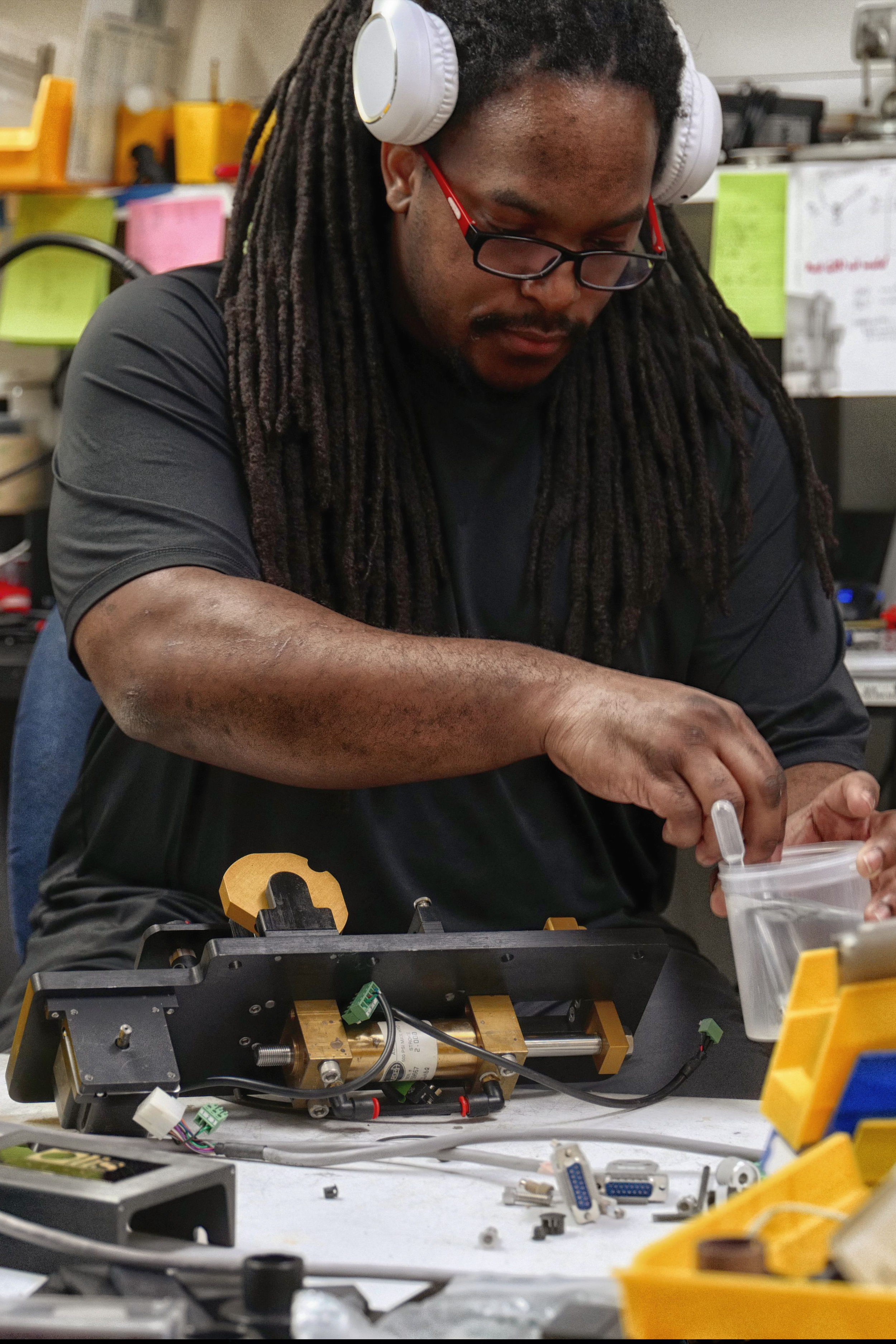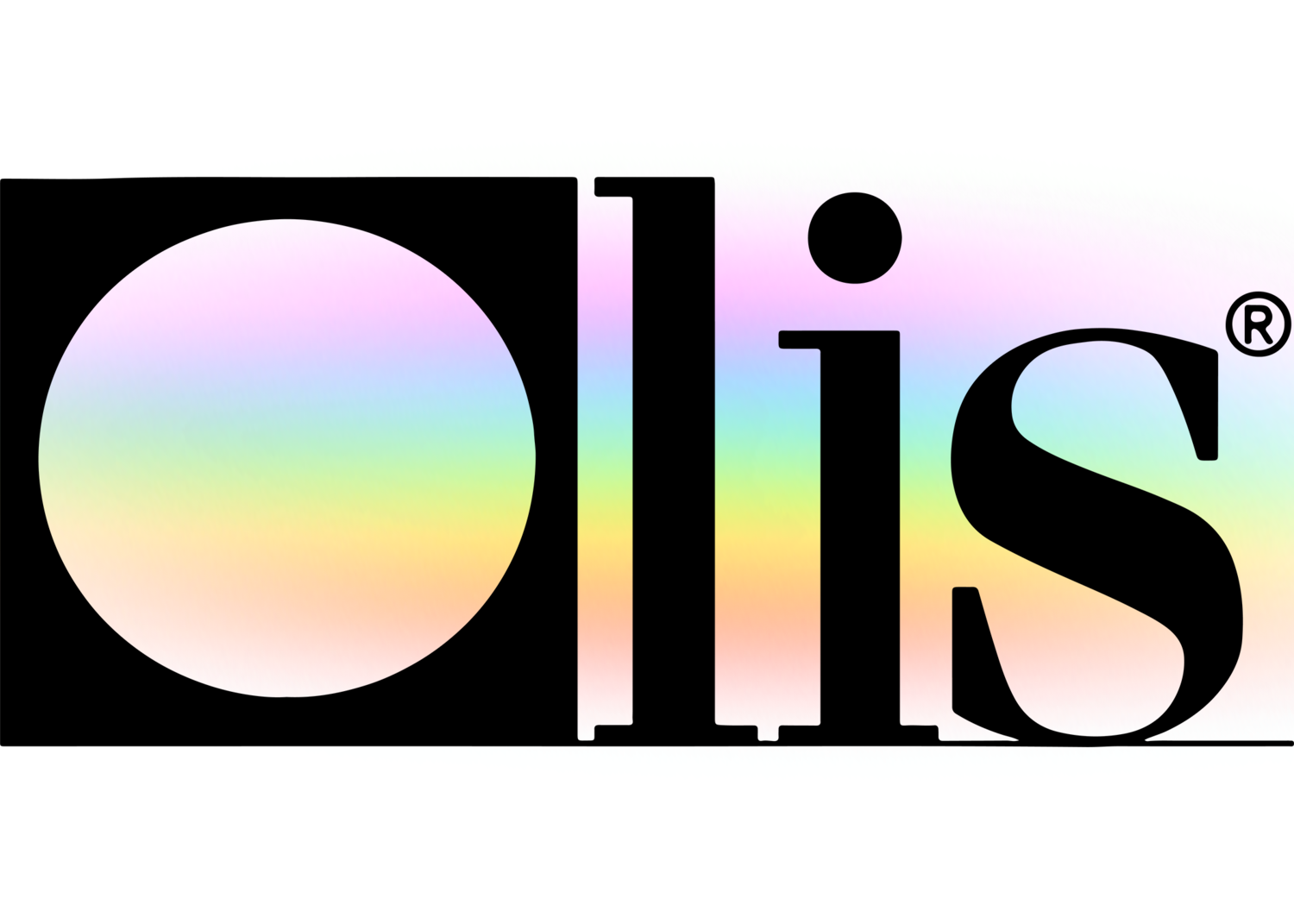All About Uv/vis
All About Uv/vis
Blog Article
The 5-Minute Rule for Spectrophotometers
Table of ContentsRumored Buzz on Circularly Polarized Luminescence6 Simple Techniques For SpectrophotometersAn Unbiased View of SpectrophotometersThe Buzz on Circular DichroismThe Buzz on Uv/vis

Although spectrophotometry is most commonly used to ultraviolet, visible, and infrared radiation, contemporary spectrophotometers can interrogate wide swaths of the electro-magnetic spectrum, including x-ray, ultraviolet, visible, infrared, and/or microwave wavelengths. Spectrophotometry is a tool that depends upon the quantitative analysis of particles depending upon how much light is soaked up by colored substances.
9 Easy Facts About Circular Dichroism Explained
A spectrophotometer is frequently used for the measurement of transmittance or reflectance of options, transparent or nontransparent solids, such as sleek glass, or gases. Many biochemicals are colored, as in, they absorb noticeable light and therefore can be measured by colorimetric procedures, even colorless biochemicals can often be converted to colored compounds appropriate for chromogenic color-forming responses to yield compounds appropriate for colorimetric analysis.: 65 However, they can also be developed to measure the diffusivity on any of the listed light varieties that usually cover around 2002500 nm using various controls and calibrations.
An example of an experiment in which spectrophotometry is used is the determination of the balance constant of a service. A specific chemical reaction within a solution might happen in a forward and reverse instructions, where reactants form products and products break down into reactants. At some time, this chain reaction will reach a point of balance called a balance point.
The Of Uv/vis
The quantity of light that travels through the solution is indicative of the concentration of certain chemicals that do not enable light to pass through. The absorption of light is because of the interaction of light with the electronic and vibrational modes of molecules. Each kind of particle has a private set of energy levels connected with the makeup of its chemical bonds and nuclei and therefore will absorb light of particular wavelengths, or energies, resulting in unique spectral residential or commercial properties.
The usage of spectrophotometers spans different scientific fields, such as physics, products science, chemistry, biochemistry. UV/Vis/NIR, chemical engineering, and molecular biology. They are extensively utilized in many industries consisting of semiconductors, laser and optical manufacturing, printing and forensic evaluation, as well as in labs for the study of chemical compounds. Spectrophotometry is typically utilized in measurements of enzyme activities, determinations of protein concentrations, determinations of enzymatic kinetic constants, and measurements of ligand binding reactions.: 65 Ultimately, a spectrophotometer is able to figure out, depending upon the control or calibration, what compounds are present in a target and precisely just how much through estimations of observed wavelengths.
This would come as a solution to the formerly produced spectrophotometers which were not able to take in the ultraviolet correctly.
The 5-Minute Rule for Uv/vis
It would be found that this did not give satisfactory results, therefore in Design B, there was a shift from a glass to a quartz prism which permitted for better absorbance outcomes - circularly polarized luminescence (https://www.giantbomb.com/profile/olisclarity1/). From there, Model C was born with an adjustment to the wavelength resolution which wound up having three units of it produced
It was produced from 1941 to 1976 where the cost for it in 1941 was US$723 (far-UV devices were an alternative at additional cost). In the words of Nobel chemistry laureate Bruce Merrifield, it was "most find out here now likely the most crucial instrument ever developed towards the advancement of bioscience." Once it ended up being discontinued in 1976, Hewlett-Packard produced the very first commercially readily available diode-array spectrophotometer in 1979 understood as the HP 8450A. It irradiates the sample with polychromatic light which the sample takes in depending on its homes. It is transferred back by grating the photodiode variety which finds the wavelength region of the spectrum. Ever since, the production and application of spectrophotometry devices has actually increased immensely and has actually turned into one of the most ingenious instruments of our time.

Everything about Spectrophotometers
The grating can either be movable or fixed.
In such systems, the grating is repaired and the intensity of each wavelength of light is measured by a different detector in the selection. In addition, most modern mid-infrared spectrophotometers use a Fourier change strategy to get the spectral details - https://padlet.com/julieanndesalorenz30606/olis-clarity-srqqvp7768okh664. This strategy is called Fourier transform infrared spectroscopy. When making transmission measurements, the spectrophotometer quantitatively compares the portion of light that goes through a reference option and a test service, then electronically compares the strengths of the two signals and calculates the portion of transmission of the sample compared to the referral requirement.

Report this page